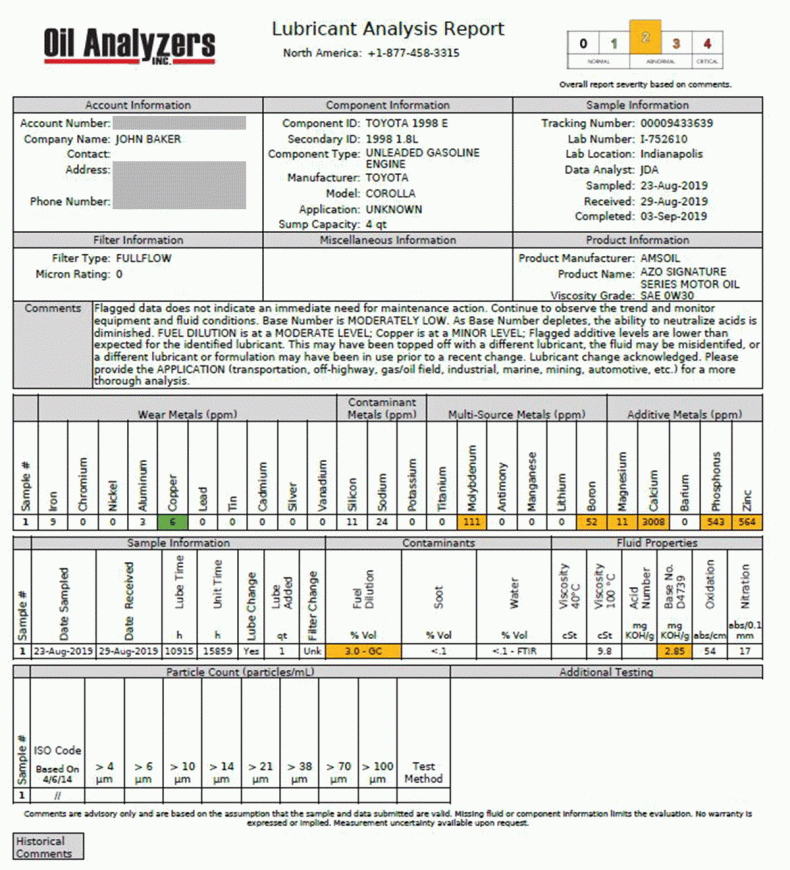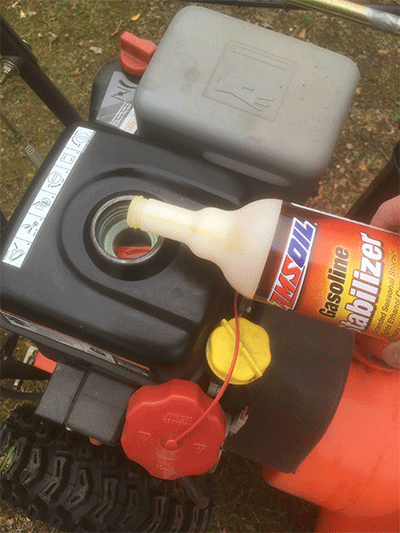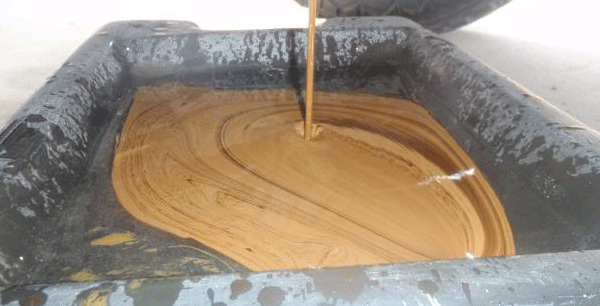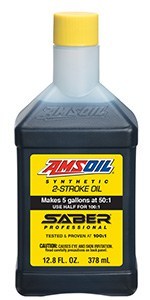How to Perform Oil Analysis We keep these kits right here in the Omaha store. Ask for the one with postage or with out for a slight savings. When doing several vehicles use the one w/o postage to send all together. John Baker|Sep 12, 2019 11:57 AM Used oil analysis is one of the most […]
You are browsing archives for
Tag: maintenance
How to Store a Snowblower
How to Store your Snowblower properly. Prevent damage during summer season. John Baker|Apr 06, 2020 2:12 PM Storing a snowblower properly is vital to ensuring it fires up when the snow eventually returns. When the first storm of the season dumps eight inches of snow on your driveway, you don’t want to be messing around […]
Should I be Alerted If My Oil Looks Dirt...
What Your Motor Oil Color Means Color in general shouldn’t indicate any immediate action without an oil analysis test to validate anything out of the ordinary. No, you should not be alerted if your oil looks dirty. Is that dirt? While color could indicate an issue, keep in mind oil that appears ‘bad’ has often […]
5 Expert Chainsaw Tips to Keep Things In...
5 Expert Chainsaw Maintenance Tips John Baker|Feb 13, 2020 4:24 PM Chainsaws are great tools – when they’re working properly. Here are five chainsaw-maintenance tips to keep your chainsaw cutting strong. Keep the chain sharp Anyone who has tried forcing a dull chain through wood knows the importance of a sharp chain. Properly sharpening a […]



